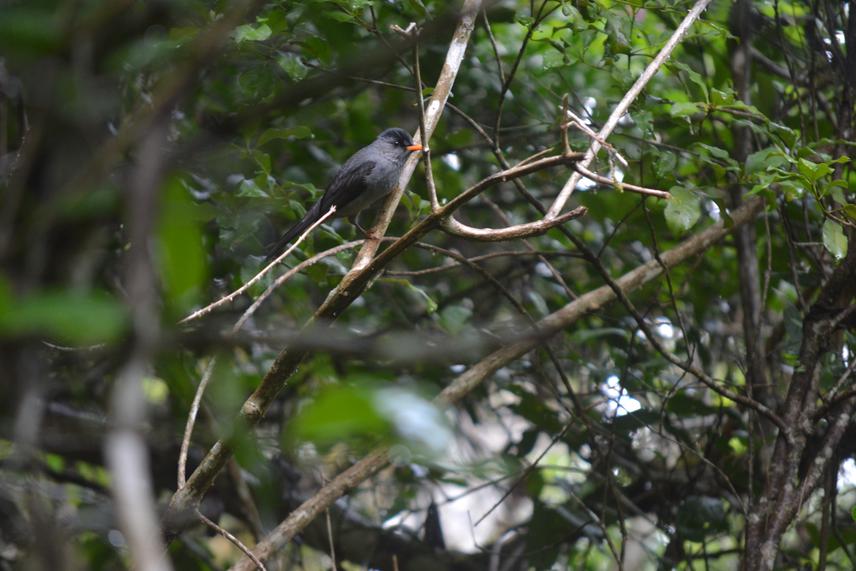Nancia Nasandratra Raoelinjanakolona
Other projects
20 Apr 2023
Characterising Lemur Responses to Habitat Fragmentation for Effective Conservation Actions
Species interactions are vital for maintaining biological diversity and for forest resilience; thus considering such interaction in conservation planning should be crucial. The loss of one of the interacting species can have detrimental effects on the population of the other; thus, an understanding of the nature, structure and strength of such interactions could help us in the conservation of both. Here, I propose to investigate the strength and ecological basis of plant-frugivore mutualistic networks in fragmented landscapes in Malagasy rainforests. I will use an integrative approach combining field observation data with functional analyses and modelling to address my research objectives. Besides its conservation importance, this project is also expected to be relevant in addressing important questions in understanding species coexistence, diversity maintenance and community stability in biodiverse tropical forests.

Hypsipetes madagascariensis.
This project seeks to characterize plant-frugivore networks in fragmented landscapes and to test how habitat fragmentations might affect the structure and robustness of the whole network and the functional roles of frugivores. Specifically, I aim to:
(1) characterize the structure of plant-frugivore networks,
(2) assess how plant functional traits influence these networks
(3) quantify how frugivore loss caused by forest fragmentation might affect the strength and robustness of these networks. I will focus this work on frugivorous birds and lemurs in the rainforests of Complex Torotorofotsy Ihofa, Madagascar.
To address my research questions, I will conduct to field observations of frugivory activities and will employ trait-based and modelling approach. I will use data on animal visiting fruiting trees, obtained through direct observations for all species, coupled with data from camera traps, in forest edge and interior. For each animal visiting the observed tree, we will record its identity and seed/fruit handling behaviour, count the number of fruit consumed, dropped under the crown and/or transported away from the crown, record visitation rate and fruit removal rate.
Then, I will examine potential linkages between plant traits related to seed dispersal (e.g.: fruit colour, scents, shape and size, dehiscence, seed size and dispersal mode) and frugivore. I will collect these traits through direct measurement of fresh fruits in the field for each individual plant species observed and of dry specimens in herbaria.
Finally, I will use these empirical data to parameterize mechanistic models. It will be developed in a way that examines the dependence of each plant species on each frugivore species and vice versa, and will simulate the disruption of the plant-animal interactions to determine what species might be most vulnerable.
This project will not only explore and document species interactions in Madagascar’s unique system, but will also provide important insights to better understand and conserve ecological processes. Understanding the importance of the mutualistic interactions between plants and animal frugivores can provide information that would help us in maintaining these interactions as well in preserving the interacting species. Also, given the wide intraspecific and interspecific variations in plant functional traits, analysing the traits that may structure these networks can provides new insights in understanding the competitive phenotype in plants that attract frugivores. In addition, quantifying the impacts of losing frugivores on the strength of these networks could be important in developing for the conservation and management action for the interacting taxa.